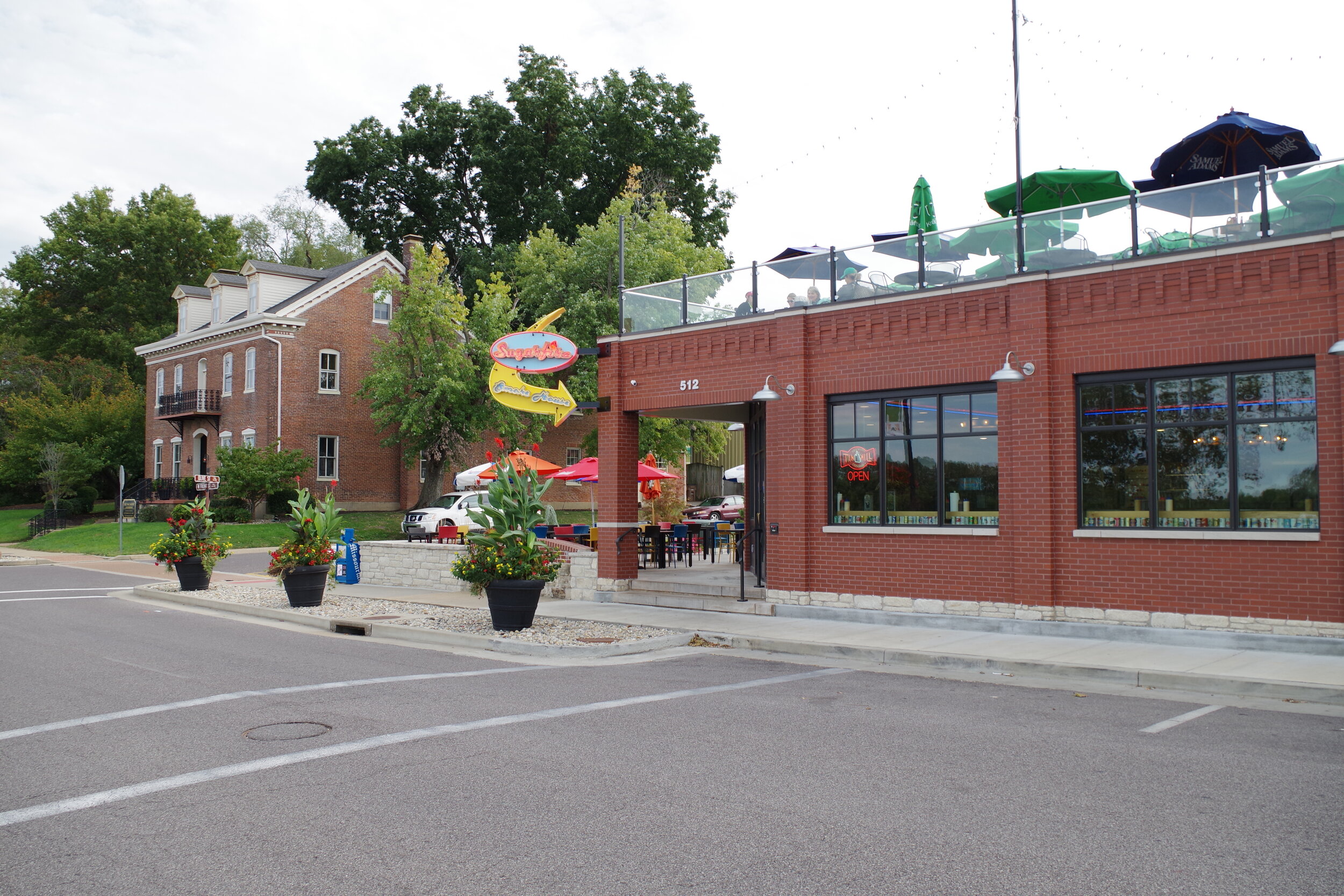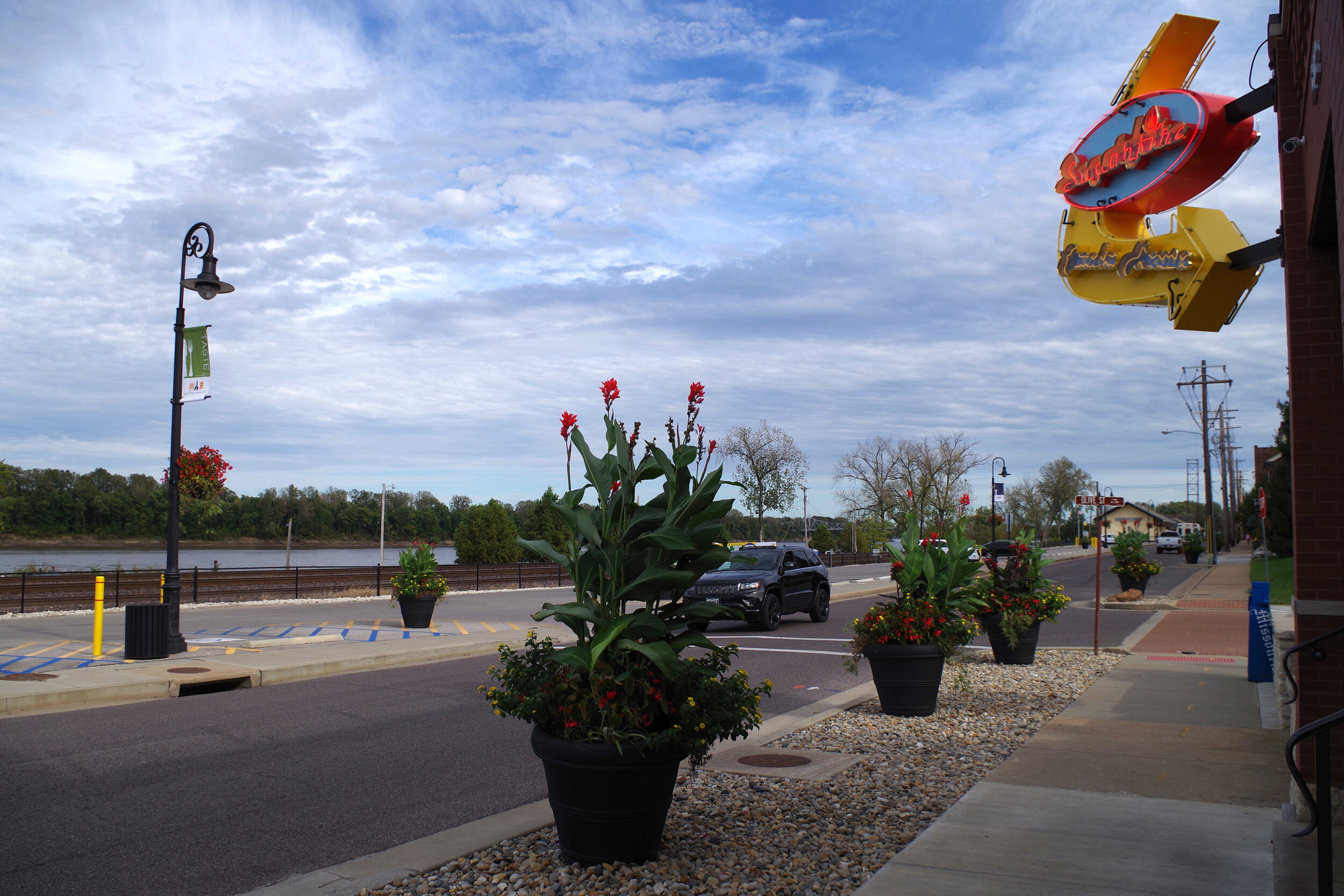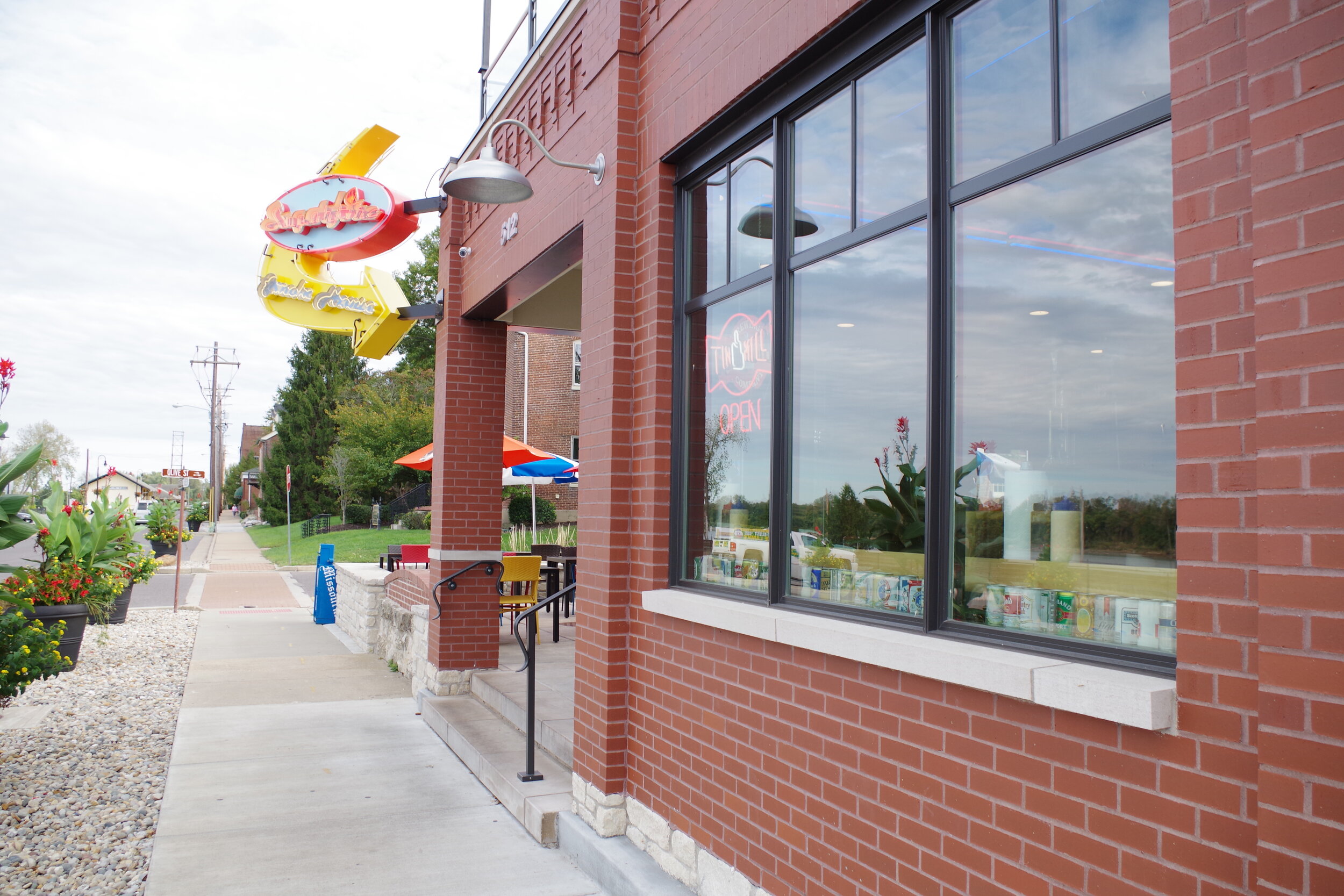In 2015, PGAV worked with the City of Washington, Missouri to re-write their zoning code, increasing development downtown and streamlining an outdated process.
By: John Brancaglione, Senior Director
PGAV Planners has been tasked with development code updates for our clients over the past five years, having completed on average one a year since 2015. This work addresses elements of the typical municipal development code such as zoning, subdivision, signage, flood and mitigation/flood plain regulations, among others. Each of these assignments have had common drivers that caused our clients to initiate this process. These have included:
• Code that was last updated and/or written in the 1980s;
• The need to reorganize the code to eliminate scattered elements that were added over time and often not placed in the appropriate chapter or section and identify conflicts that developed as a result;
• Updating language to comply with state or federal case law (adult business; group homes or facilities for people with developmental disabilities, cell towers, signage, etc.);
• Recognizing land uses that didn’t exist at an earlier time (marijuana industries, mixed-use and other types of planned developments, etc.);
• Updating district permitted uses, standards, or elimination of districts;
• Streamlining processes with greater ability for certain authorizations or approvals to be granted by staff review and action;
• Adding graphics where appropriate to clarify standards; and
• A desire to create a more user-friendly document to benefit the planning commission, city officials, developers, and the public.
Several attributes of these drivers have the potential to create situations that may have the opposite effect of what the city staff, planning commission, or elected body intended when they decided to start the process. PGAV Planners senior staff have many years (some as much as 45 years) of experience in crafting development code elements. Beyond just drafting code, PGAV Planners staff has experience successfully defending codes against challenges and providing expert testimony in various levels of court. Here’s our advice when thinking about starting the development code update process.
• Reorganize your code into what can most closely resemble a unified development code (put all development-related code elements into a single-title, division, consecutive chapters, or whatever is appropriate).
• To use an old saying: “Don’t fix what isn’t broken.” City staff, officials, and the development community have become accustomed to recognizing certain provisions and standards. If they are essentially fine, update as needed but don’t reconstruct just to be different.
• Eliminate the old practice of reciting the permitted and conditional uses in the provisions for each district; use a matrix to show the uses by district and refer to this matrix in each district and eliminate any use-pyramiding between districts.
• Use more contemporary ways of defining uses (for example, create definitions by use type or grouping or use NAICS).
• Create a “quick view” table that shows the processes (rezoning, conditional use permit, subdivision, planned development) that shows what the steps are, who reviews, and who approves.
• Form-based code has its place but rarely in suburban environments. Well-written, planned development regulations can achieve the same results.
• Don’t use the term “PUD” to describe planned development regulations. Planned Unit Development regulations were intended for residential development and went out with the 1970s.
• Create proper and contemporary planned development regulations for residential, commercial, industrial, and mixed-use development.
• It can be helpful in the beginning to research other code formats used by neighboring communities in order to understand the local applications of code. Don’t worry too much about what neighboring community code provisions are, though, because the way they do things may not necessarily be the best for you and your community.
• Just because you like the code format of some other community, don’t blindly adopt it if it means everyone using the code will have to relearn the entire system (see the above “don’t fix what isn’t broken” bullet).
Lastly, don’t underestimate the magnitude of this undertaking. Allow at least a year to accomplish a major overhaul of these regulations. Be sure the process is accompanied by adequate input and ongoing review by staff, planning commission members, and elected officials. Input should also be solicited from the development community and, of course, the public. Make sure to allow for a thorough review by your City Attorney. It’s a big undertaking, and you’ll need everyone involved to create a successful, useful set of regulations.




